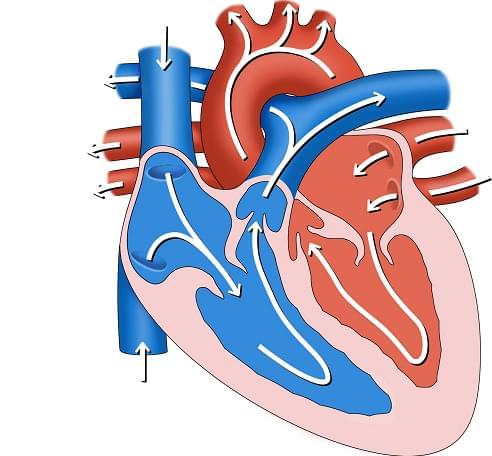The anti–PD-1 agent tislelizumab was noninferior, but not superior, to the tyrosine kinase inhibitor sorafenib for unresectable hepatocellular cancer.
First-line treatment for patients with unresectable hepatocellular cancer (HCC) is either combination immunotherapy with bevacizumab and atezolizumab or tremelimumab and durvalumab. Although immunotherapy-based combination therapy has replaced tyrosine kinase inhibitors (TKIs) as initial therapy, randomized trials have not indicated superiority of single agent anti–PD-1 or PD-L1 therapy over TKIs.
Investigators have now conducted an industry-sponsored, global, open-label, randomized, phase 3 trial (RATIONALE-301) to compare first-line treatment with the anti–PD-1 agent tislelizumab versus the TKI sorafenib in 674 patients with Child-Pugh class A unresectable HCC. Of the patients, 85% were men, 58% had distant metastases, 76% had received prior locoregional therapy, 60% had hepatitis B, 13% had hepatitis C, and 3% had hepatitis B and C.
The primary endpoint of noninferiority for overall survival (OS) was achieved with tislelizumab compared with sorafenib (median 15.9 vs. 14.1 months; hazard ratio, 0.85; 95% confidence interval, 0.71–1.02), reaching the noninferiority margin upper limit of a hazard ratio 1.08. Superiority for OS with tislelizumab was not met. Antitumor response was numerically higher with tislelizumab than with sorafenib (14.3% vs. 5.4%), and median duration of response was longer with tislelizumab than with sorafenib (36.1 vs. 11.0 months). Median progression-free survival was similar with tislelizumab and sorafenib (2.1 and 3.4 months, respectively). Grade 3–4 treatment-related adverse events were more common with sorafenib than with tislelizumab (53.4% vs. 22.2%).






